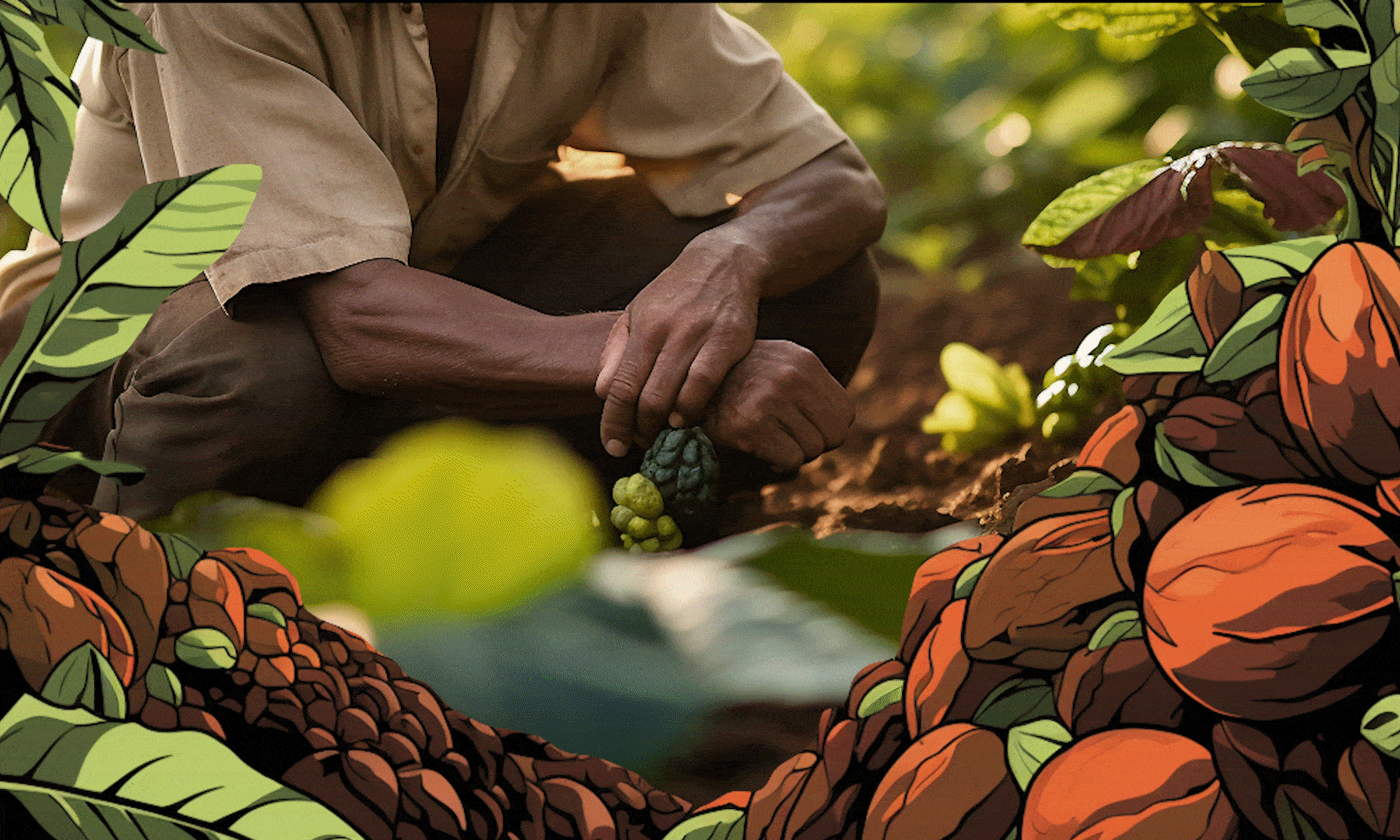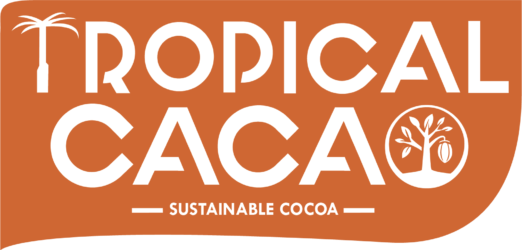The Historical Significance of Cacao
Cacao, more than just the primary ingredient in chocolate, holds a storied place in history, particularly within the ancient Mayan and Aztec cultures. For these civilizations, cacao was not merely a food item but a potent symbol of wealth and divinity. The Mayans revered it as a gift from the gods, using cacao beans as currency and consuming it in a sacred beverage known as “xocolatl” during ritualistic ceremonies. This drink was not for the common folk but was reserved for the elite and used in significant religious rituals, underscoring its cultural and spiritual importance.
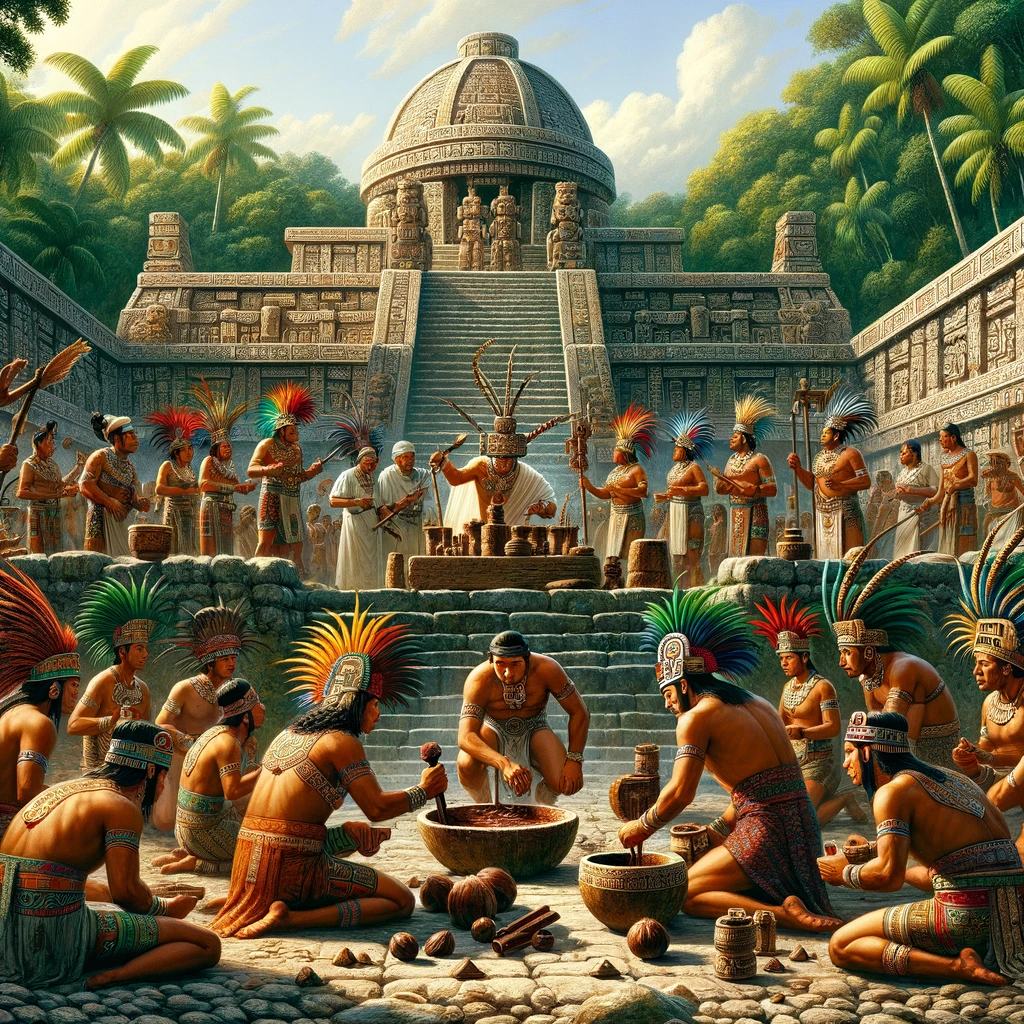
Navigating the Competitive Landscape: Porter’s Five Forces Analysis
The cacao industry, while rich in history, is equally complex in its modern economic structure. Analyzing it through Porter’s Five Forces reveals the nuanced dynamics of this global market:
- Threat of New Entrants: Moderate. While entering the cacao farming industry involves substantial capital and patience for crop maturity, the barrier is not insurmountable, which keeps this threat at a moderate level.
- Bargaining Power of Suppliers: Low to moderate. Most cacao is produced by smallholder farmers who, despite their limited individual power, can leverage some strength through cooperatives.
- Bargaining Power of Buyers: High. A few large multinational companies dominate, controlling prices and exerting significant influence over the market.
- Threat of Substitute Products: Low. Alternatives like carob exist but cannot fully replicate the unique qualities of cacao.
- Rivalry Among Existing Competitors: Moderate. The industry has seen consolidation but remains competitive primarily on price due to the similarity of products offered by major players like Barry Callebaut, Cargill, and Olam.

Key Players in the Cacao Buying World
Leading the charge in the global cacao purchase are giants such as Barry Callebaut (Switzerland), Cargill (US), Olam (Singapore), Ecom (Switzerland), and Touton (France). These corporations source extensively from West Africa, notably Ivory Coast and Ghana, which collectively account for over 60% of the global cacao supply. Their involvement underscores the critical economic role cacao plays in these regions.
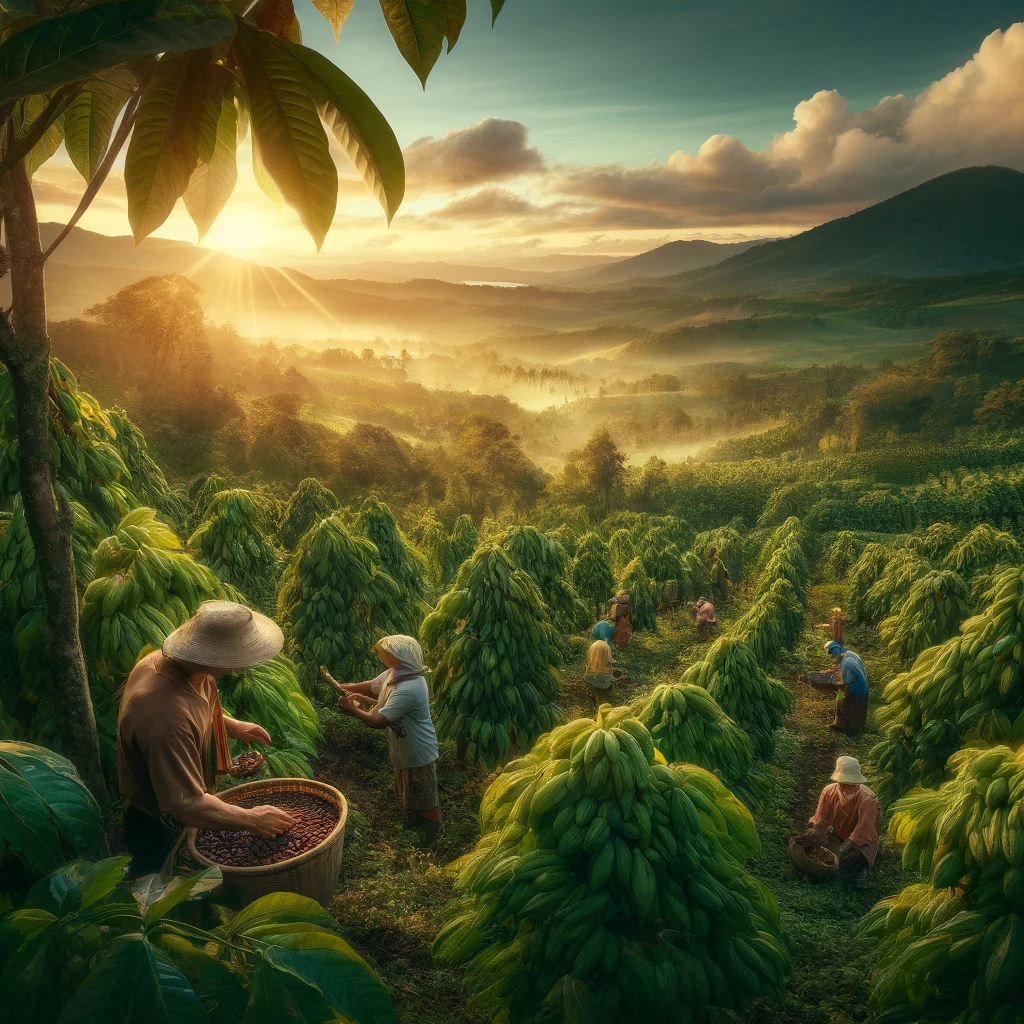
SWOT Analysis of the Cacao Industry
A SWOT analysis provides further insight into the internal and external factors impacting the cacao industry:
- Strengths: Unwavering demand for chocolate and ideal growing conditions in regions like West Africa.
- Weaknesses: Labor-intensive farming and poverty among farmers due to volatile prices.
- Opportunities: Rising demand for premium, single-origin chocolates and potential gains from sustainable, ethical sourcing practices.
- Threats: Climate change, diseases, and pests like the cacao swollen shoot virus pose significant risks to production.
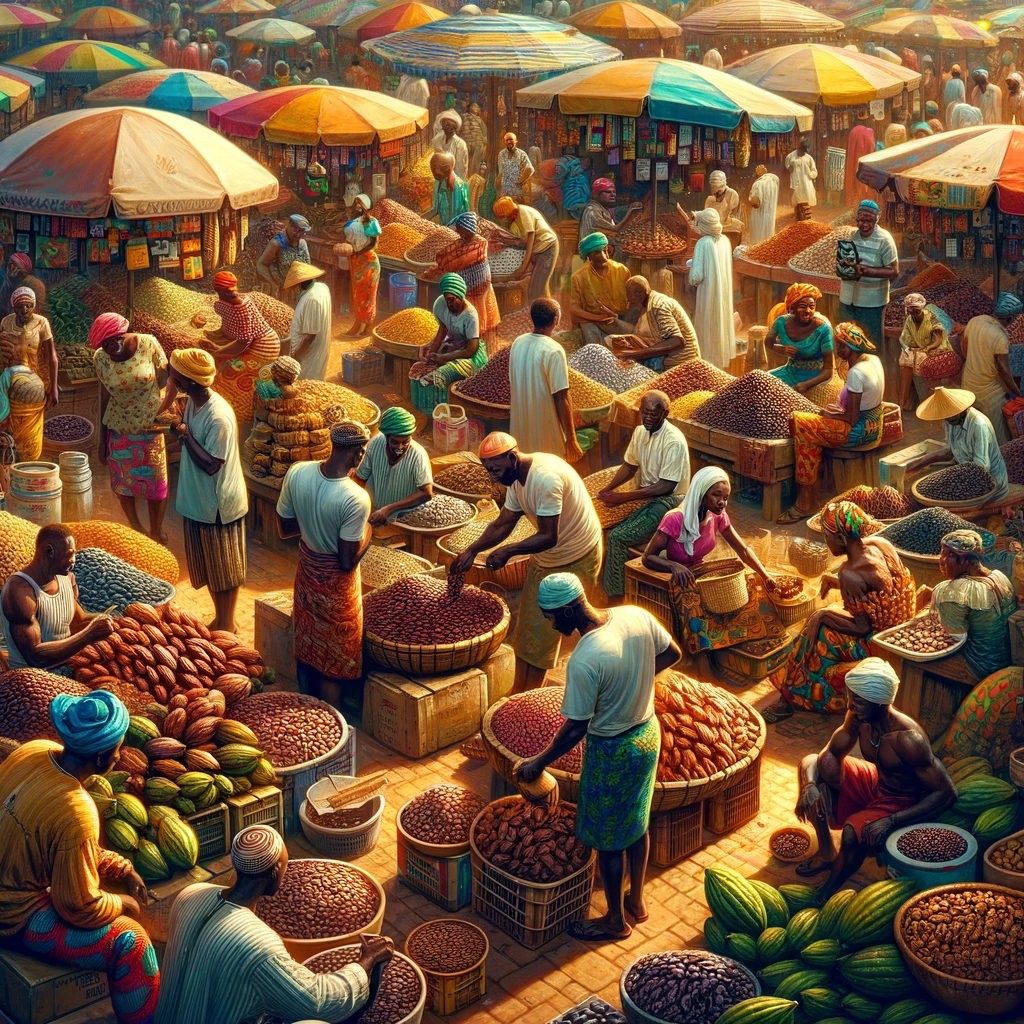
Looking Ahead: The Future of Cacao
The chocolate market is expected to grow, driven by demographic shifts and rising incomes in developing nations. However, the path forward is fraught with challenges including unsustainable farming practices, child labor, and environmental concerns. Initiatives like the Cocoa & Forests Initiative and Fairtrade certification are pivotal, as are innovations in agroforestry and crop variety improvements.
As we move forward, the pressure on cacao buyers and chocolate manufacturers to adopt sustainable and ethical practices will only increase. It’s clear that while cacao has a rich past, its future depends heavily on how these ongoing issues are addressed, promising a delicate balance of tradition and modernization in the quest to keep our beloved chocolate on the shelves.
